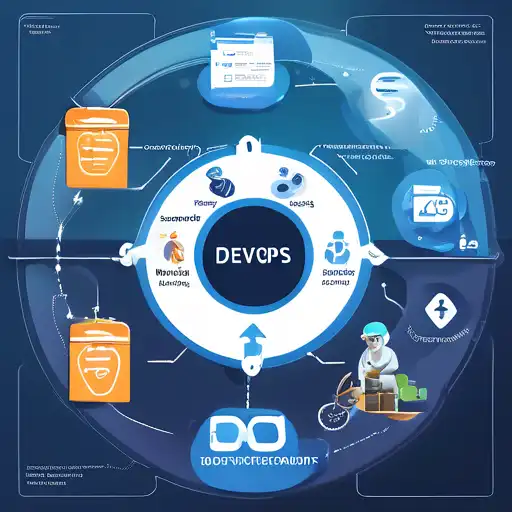Introduction to DevOps in Software Development
DevOps has revolutionized the way software is developed, deployed, and maintained. By bridging the gap between development and operations teams, DevOps practices ensure a smoother, more efficient software development lifecycle (SDLC). This article explores the myriad ways DevOps enhances the SDLC, from improved collaboration to faster deployment times.
Key Benefits of DevOps in the SDLC
DevOps brings several advantages to the software development process, including but not limited to:
- Improved Collaboration: DevOps fosters a culture of collaboration between developers and operations teams, breaking down silos and enhancing communication.
- Continuous Integration and Continuous Deployment (CI/CD): Automating the integration and deployment processes reduces errors and speeds up the release cycle.
- Increased Efficiency: Automation tools streamline repetitive tasks, allowing teams to focus on more strategic work.
- Enhanced Quality: Continuous testing ensures that bugs are identified and fixed early in the development process.
DevOps Tools and Practices
To implement DevOps effectively, teams utilize a variety of tools and practices. Some of the most popular include:
- Version Control Systems: Tools like Git help manage code changes and facilitate collaboration.
- Configuration Management: Ansible, Puppet, and Chef automate the provisioning and management of infrastructure.
- Monitoring and Logging: Solutions like Nagios and Splunk provide real-time insights into application performance.
Challenges and Solutions in Adopting DevOps
While DevOps offers numerous benefits, organizations may face challenges during adoption. Common issues include resistance to change and toolchain complexity. Overcoming these challenges requires a clear strategy, including training and choosing the right tools for your team's needs.
Conclusion
DevOps significantly improves the software development lifecycle by promoting collaboration, efficiency, and quality. By adopting DevOps practices and tools, organizations can accelerate their development processes and deliver better software faster. For more insights into optimizing your development workflow, explore our guide on continuous integration best practices.
